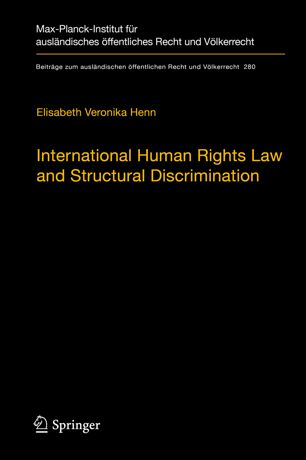

Most ebook files are in PDF format, so you can easily read them using various software such as Foxit Reader or directly on the Google Chrome browser.
Some ebook files are released by publishers in other formats such as .awz, .mobi, .epub, .fb2, etc. You may need to install specific software to read these formats on mobile/PC, such as Calibre.
Please read the tutorial at this link: https://ebookbell.com/faq
We offer FREE conversion to the popular formats you request; however, this may take some time. Therefore, right after payment, please email us, and we will try to provide the service as quickly as possible.
For some exceptional file formats or broken links (if any), please refrain from opening any disputes. Instead, email us first, and we will try to assist within a maximum of 6 hours.
EbookBell Team

4.4
42 reviewsInternational courts and other actors are increasingly taking into account pre-existing social structures and inequalities when addressing and redressing human rights violations, in particular discrimination against specific groups. To date, however, academic legal research has paid little attention to this gentle turn in international human rights law and practice to address structural discrimination. In order to address this gap, this study analyses whether and to what extent international and regional human rights frameworks foresee positive obligations for State parties to address structural discrimination, and, more precisely, gender hierarchies and stereotypes as root causes of gender-based violence.
In order to answer this question, the book analyses whether or not international human rights law requires pursuing a root-cause-sensitive and transformative approach to structural discrimination against women in general and to the prevention, protection and reparation of violence against women in particular; to what extent international courts and (quasi)judicial bodies address State responsibility for the systemic occurrence of violence against women and its underlying root causes; whether or not international courts and monitoring bodies have suitable tools for addressing structural discrimination within the society of a contracting party; and the limits to a transformative approach.